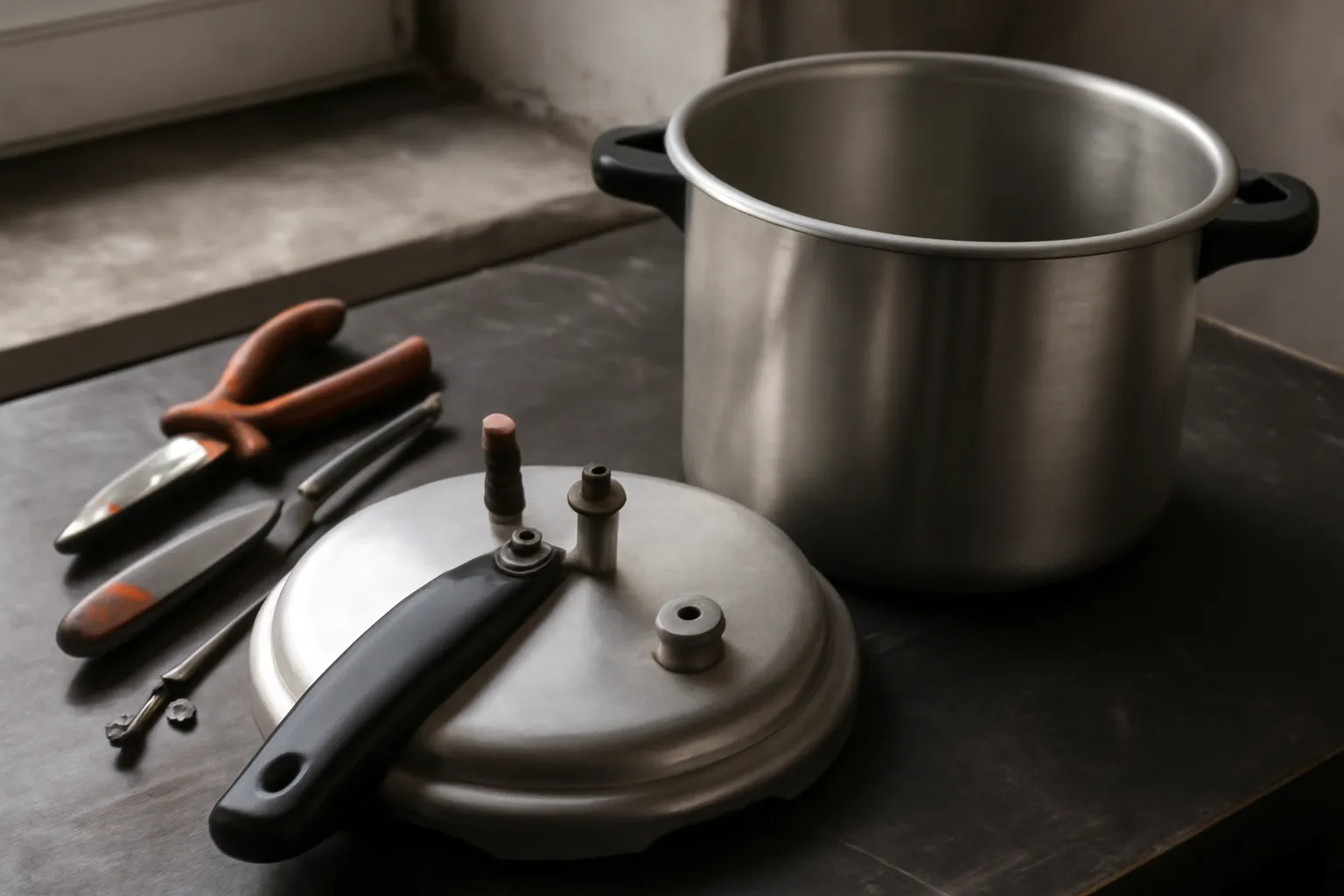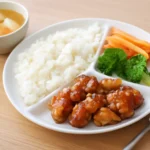The art of crafting a pressure cooker may sound complex, but with the right materials and knowledge, anyone with basic mechanical skills can build one. A pressure cooker is an indispensable tool in modern kitchens, ideal for cooking food quickly while preserving nutrients. But what if you could make one yourself? Let’s dive into the process of creating a pressure cooker, explore its significance in tourism cooking, and discover why such a skill can be beneficial.
Introduction to the Pressure Cooker
A pressure cooker works by sealing the food inside a pot and creating a pressurized environment. This pressurized environment allows food to cook much faster than traditional methods, making it a popular tool in households worldwide. But crafting your own pressure cooker involves more than just assembling a few parts—it requires an understanding of the mechanical principles that allow the cooker to function safely.
Creating a Pressure Cooker
Building a pressure cooker from scratch requires attention to detail, as safety is paramount. When creating a pressure cooker, you need to focus on a few core elements: the material of the pot, the sealing mechanism, the pressure release valve, and the lid locking system.
Material of the Pot
The body of a pressure cooker is typically made of high-grade stainless steel or aluminum. These materials are not only durable and corrosion-resistant but also good at withstanding high pressures. You’ll need to choose a material that can handle high levels of pressure and temperature without failing. Stainless steel, being more robust, is ideal for this purpose.
The Sealing Mechanism
For a pressure cooker to function correctly, it needs an airtight seal. The lid must fit tightly to ensure that no steam escapes during cooking. The sealing ring (or gasket) is often made of rubber or silicone. This piece is crucial for ensuring the cooker remains pressurized and safe. Without a good seal, the cooker could be dangerous.
The Pressure Release Valve
This is perhaps the most critical safety feature. A pressure cooker needs a way to release steam if the internal pressure becomes too high. The release valve allows for this by venting excess steam in a controlled manner. Most pressure cookers use a spring-loaded valve that opens when the pressure inside exceeds a set limit, preventing the lid from blowing off.
The Lid Locking System
When assembling the lid of the pressure cooker, you need a reliable locking mechanism to keep the lid tightly in place while the food cooks under pressure. This mechanism can be a rotating knob, lever, or a latch system. It is crucial that the lid is securely locked to avoid accidents.
Discover More About Making a Pressure Cooker
Tourism Cooking Cooker
In the tourism industry, pressure cookers play a crucial role in large-scale cooking operations, such as those used for cooking for large groups of travelers. These cookers are used by tour operators, caterers, and large hotels to prepare meals efficiently, ensuring that food is ready quickly while maintaining quality.
Importance of Pressure Cookers in Tourism Cooking
Tourism often involves large numbers of people who need to be fed quickly and efficiently. This is where pressure cookers come in, allowing cooks to prepare large quantities of food in a fraction of the time it would take using traditional methods. For instance, preparing stews, soups, and rice-based dishes can be done in mere minutes. This is especially important for tour groups or catering events where the timing of meals is critical.
Creating a Pressure Cooker for Tourism Cooking
When building a pressure cooker for tourism cooking, the scale is an important consideration. A larger, more robust pressure cooker is necessary to accommodate the higher volumes of food that need to be prepared. Additionally, tourism kitchens need durable cookers that can withstand constant use in busy environments.
It is also essential to incorporate easy-to-clean features, as food residue can build up and affect cooking efficiency. This ensures that the pressure cooker remains functional for longer periods and can be easily maintained.
Explore Tourism Cooking Techniques
Create Pressure Cooker: A Step-by-Step Guide
If you’re looking to create a pressure cooker yourself, here is a simplified version of the process:
-
Designing the Cooker Decide on the dimensions and material. You’ll need a heavy-duty pot and lid that can seal tightly.
-
Building the Seal Ensure you have a proper gasket or rubber ring that will form a tight seal when the lid is placed on the cooker.
-
Installing the Valve System This involves fitting the pressure release valve to the lid, ensuring it functions correctly.
-
Testing Once assembled, you’ll need to carefully test your pressure cooker by running it through a series of tests to ensure it holds pressure safely and effectively.
-
Safety Features Always include safety features like a manual pressure release valve and safety locks to prevent accidents.
While building a pressure cooker from scratch might seem daunting, following the right process and using the correct materials can make this a manageable and rewarding project.
Learn How to Build a Safe Pressure Cooker
Conclusion
Making a pressure cooker from scratch is a rewarding endeavor, whether for personal use or for the tourism cooking industry. By understanding the basic components—material selection, sealing mechanisms, pressure release valves, and locking systems—you can create a functional and safe appliance. Additionally, the ability to craft a pressure cooker tailored for large-scale operations can be incredibly beneficial in the tourism industry, where efficiency and safety are paramount. With the right guidance and tools, anyone can create a pressure cooker that meets both personal and professional cooking needs.
“Life is not measured by the number of breaths we take, but by the moments that take our breath away.” – Unknown






